Where Do Painted Turtles Live?
Painted turtles are truly captivating and beautiful creatures. Your interest in reading this article reflects your curiosity about them, which I completely understand. I’ve had the pleasure of owning painted turtles for many years, and they continue to amaze me with their fascinating traits.
This article is tailored precisely for individuals like you who share a curiosity about painted turtles. Here, I’ll delve into their habitats, behaviors, and much more.
Painted turtles can be found throughout the Americas, with a predominant presence in North America. They inhabit various regions across Canada, Mexico, and even parts of Antarctica, albeit in smaller numbers.
Subspecies:
The painted turtle comprises four distinct subspecies, each with varying populations across different regions of the Americas. To grasp their habitat preferences, it’s essential to familiarize ourselves with these subspecies:

- Western Painted Turtle: Among the largest of the subspecies, the Western Painted Turtle is characterized by the absence of stripes on its carapace (top shell), a feature present in other subspecies but either faint or missing in this one. Notably, its plastron (bottom shell) boasts vibrant colors and striking patterns.
- Eastern Painted Turtle: The Eastern Painted Turtle can be identified by the single rows of scutes (plates on the top shell), whereas other subspecies typically exhibit irregularly arranged scutes. Yellowish lines separate the scutes, and the plastron is typically light yellow, occasionally featuring dark markings, although often absent.
- Midland Painted Turtle: Distinguishing Midland Painted Turtles from their Eastern counterparts can be challenging. However, their misaligned scutes and the presence of dark markings on their plastron set them apart from Eastern Painted Turtles.
- Southern Painted Turtle: A prominent feature of the Southern Painted Turtle is the bright red stripe along its midline. Additionally, the plastron of this subspecies is either completely spotless or nearly so, serving as another distinguishing characteristic.
These painted turtle subspecies have the ability to interbreed, resulting in individuals with mixed physical characteristics. As a result, it’s not uncommon to encounter painted turtles with traits that blur the lines between the distinct subspecies. This interbreeding adds further complexity to the already diverse range of painted turtle populations across different regions.
Habitat
Painted turtles are classified as semi-aquatic creatures, meaning they divide their time between water and land habitats. While each subspecies exhibits distinct habitat preferences, they generally share a preference for environments with clean water and ample sunlight.
The Western Painted Turtle typically inhabits lakes, ponds, and streams, while the Eastern Painted Turtle displays a strong affinity for water and seldom ventures onto land. They may only migrate to drier areas during periods of drought when no other option is available. Midland and Southern turtles are often found along shores and in coves, favoring bodies of water abundant with dense vegetation.
Geographical Location:
Painted turtles boast a widespread distribution across North America, with each subspecies adapted to specific regions throughout the Americas. Notably, the painted turtle is the sole turtle species whose habitat spans from the Atlantic to the Pacific.
Western Painted Turtles:
In the United States, they inhabit areas along Lake Michigan, covering Wisconsin, Illinois, and the Upper Peninsula of Michigan. Their range extends to South Dakota and Nebraska in the Midwest, while in the Northwest, they can be found in Montana, northern Idaho, Washington state, and Oregon. In the Southwest, populations are present in Colorado, New Mexico, Texas, Utah, and Arizona.
These turtles also inhabit southern regions of western Canada, including Ontario north of Lake Superior, and sporadically in Saskatchewan, Alberta, and throughout British Columbia.
Midland Painted Turtles:
Midland painted turtles are found in southern Ontario, Quebec, Kentucky, Tennessee, West Virginia, Pennsylvania, Maryland, northwest Alabama, and New York.
Southern Painted Turtles:
Their range encompasses Missouri, Illinois, Arkansas, Alabama, and southeast Oklahoma.
Eastern Painted Turtles:
Eastern painted turtles inhabit regions throughout Canada, Georgia, and along the Atlantic Ocean. Their range extends eastward into central Alabama.
Human Influence
Undoubtedly, human intervention has significantly impacted the habitat of Painted Turtles, leading to habitat destruction and pollution. However, these turtles exhibit aggressive reproduction and remarkable adaptability to man-made disruptions. Consequently, their population remains far from endangered.
Furthermore, human activities have introduced Painted Turtles to new environments beyond their native range. The release of pets has facilitated their colonization in areas beyond their natural geographical locations. Regions such as Indonesia, Germany, and Spain now host populations of Painted Turtles due to human interaction.
Why These Areas?
Several factors contribute to the prevalence of Painted Turtles in specific areas:
Temperature: Painted Turtles, being ectothermic, rely on external sources for heat regulation. They thrive in regions with sufficient sunlight and air temperatures conducive to their growth and reproductive functions.
Water: Adequate wetlands are essential for the survival of Painted Turtles, as they require access to water for various activities such as foraging and nesting.
Sunlight: Painted Turtles gravitate towards areas with abundant sunlight throughout the year, as sunlight is crucial for thermoregulation and basking behaviors.
Vegetation: Regions with abundant plant life are favored by Painted Turtles, as they provide both food sources and shelter.
Upon closer examination, it becomes evident that areas where Painted Turtles are most commonly found generally meet these criteria to varying degrees.
Captivity Vs Wilderness
When considering longevity and overall health, captivity can actually be more favorable for Painted Turtles compared to the wilderness.
In the wild, Painted Turtles must constantly forage for food and rely on natural sources of sunlight. This can lead to challenges such as malnutrition and physical defects. Additionally, they are susceptible to predation and environmental hazards, which can impair their ability to function properly and ultimately result in death.
In captivity, however, Painted Turtles are provided with consistent access to food and controlled exposure to sunlight. They are also protected from predators and environmental threats, allowing them to lead healthier and potentially longer lives compared to their wild counterparts.
Final Words
After exploring the habitats and lifestyles of Painted Turtles, it’s evident that their needs differ significantly from those of humans. Therefore, before bringing Painted Turtles indoors, it’s crucial to create an environment that closely mimics their natural habitat.
This includes ensuring proper heat and sunlight levels, providing clean water, and incorporating adequate vegetation into their enclosure. Additionally, artificial heating should be considered to regulate the health and reproductive cycles of Painted Turtles, further enhancing their well-being in captivity. By prioritizing these factors, you can create a comfortable and suitable environment for your turtle companion to thrive in.
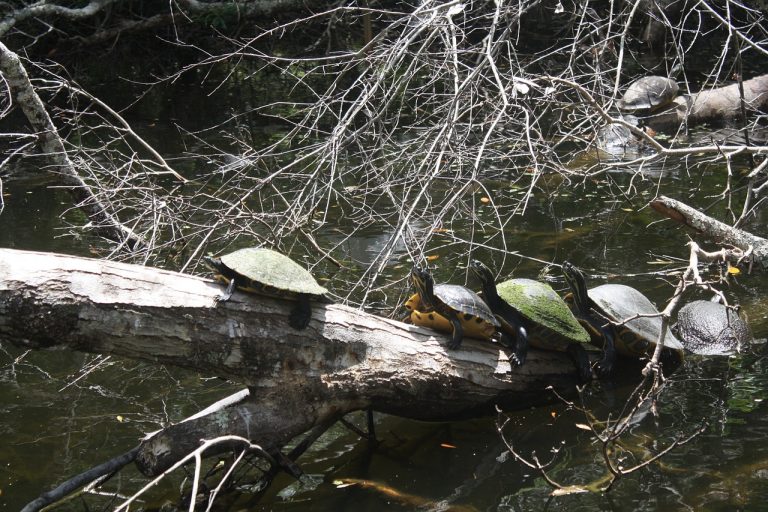
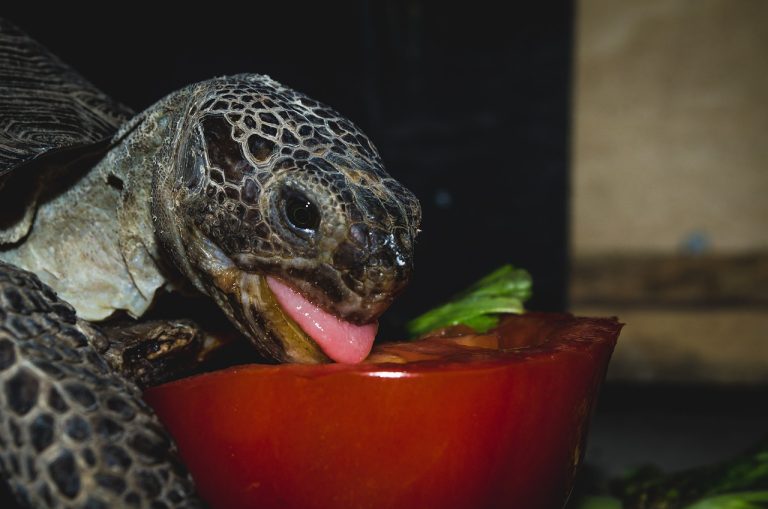
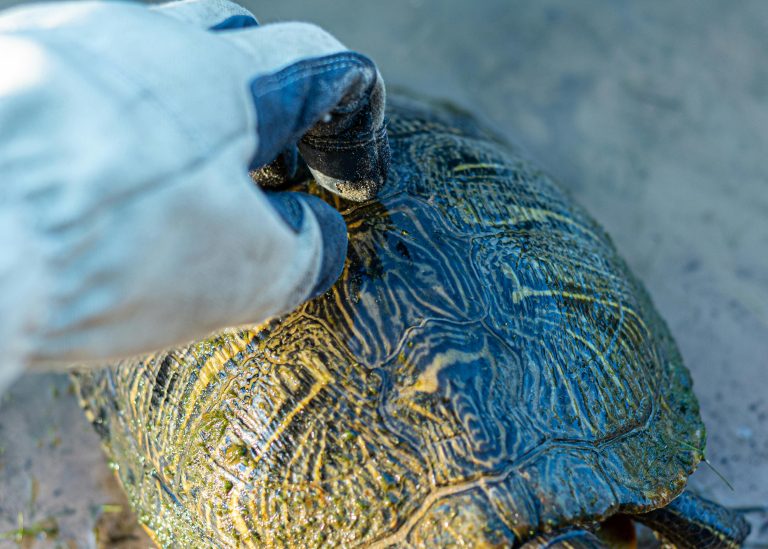
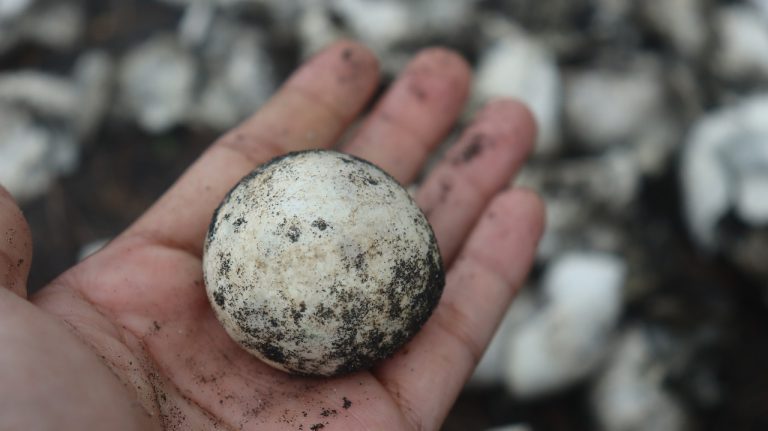
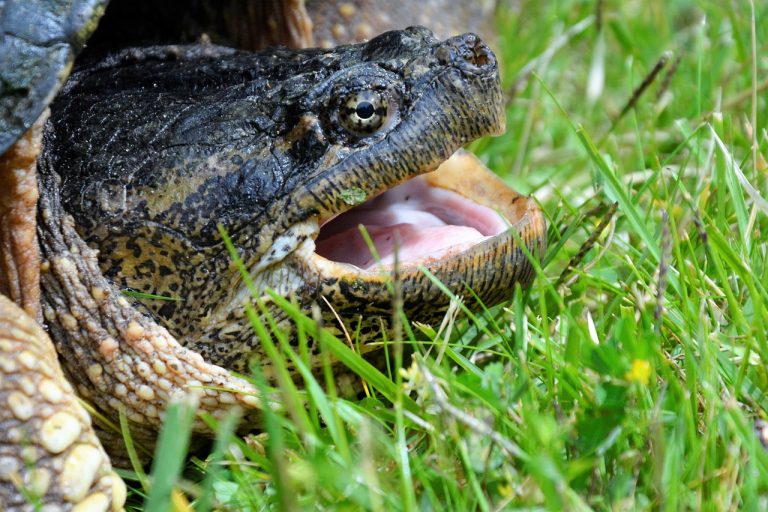
![21 DIY Turtle Tank Ideas For Happy Turtles [Budget-Friendly]](https://spreadhapiness.com/wp-content/uploads/2024/03/turtle-tank-3-768x576.jpg)